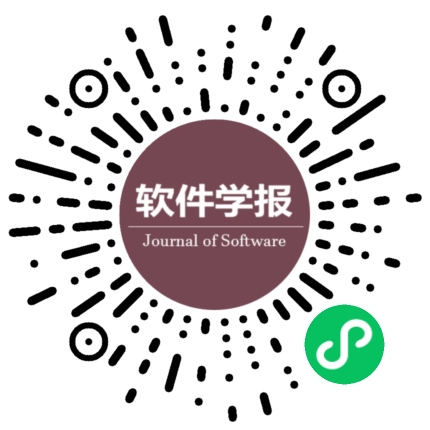有效覆盖引导的定向灰盒模糊测试
作者:
作者单位:
作者简介:
杨克(1989-),男,博士,主要研究领域为软件安全分析,操作系统安全;蔡春芳(1996-),女,硕士,主要研究领域为软件安全分析;贺也平(1962-),男,博士,研究员,博士生导师,主要研究领域为系统安全,隐私保护;谢异(1995-),男,硕士,主要研究领域为软件安全分析,操作系统安全;马恒太(1970-),男,博士,副研究员,主要研究领域为软件安全分析,操作系统安全.<;董柯(1996-),男,硕士,主要研究领域为软件安全分析,操作系统安全.
通讯作者:
贺也平,E-mail:yeping@iscas.ac.cn;马恒太,E-mail:hengtai@iscas.ac.cn
中图分类号:
TP311
基金项目:
中国科学院战略性先导科技专项(XDA-Y01-01,XDC02010600)
Guiding Directed Grey-box Fuzzing by Target-oriented Valid Coverage
Author:
Affiliation:
Fund Project:
引用本文
杨克,贺也平,马恒太,蔡春芳,谢异,董柯.有效覆盖引导的定向灰盒模糊测试.软件学报,2022,33(11):3967-3982
复制相关视频
分享
文章指标
- 点击次数:
- 下载次数:
- HTML阅读次数:
历史
- 收稿日期:2020-11-09
- 最后修改日期:2021-01-06
- 录用日期:
- 在线发布日期: 2021-08-02
- 出版日期: 2022-11-06
文章二维码

您是第位访问者
版权所有:中国科学院软件研究所 京ICP备05046678号-3
地址:北京市海淀区中关村南四街4号,邮政编码:100190
电话:010-62562563 传真:010-62562533 Email:jos@iscas.ac.cn
技术支持:北京勤云科技发展有限公司
版权所有:中国科学院软件研究所 京ICP备05046678号-3
地址:北京市海淀区中关村南四街4号,邮政编码:100190
电话:010-62562563 传真:010-62562533 Email:jos@iscas.ac.cn
技术支持:北京勤云科技发展有限公司



